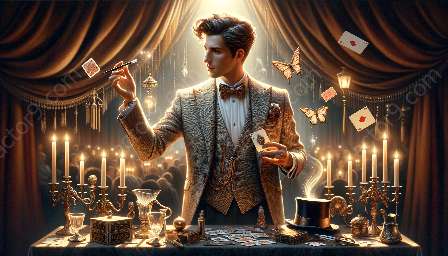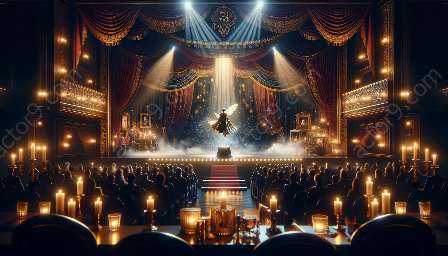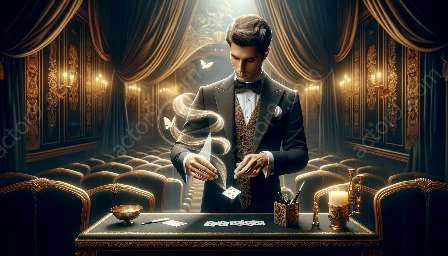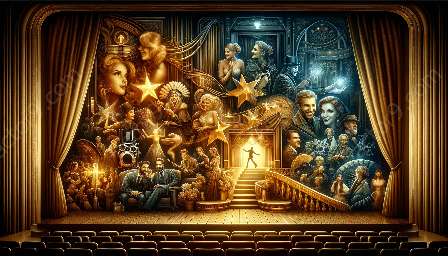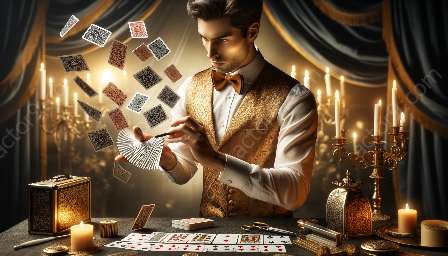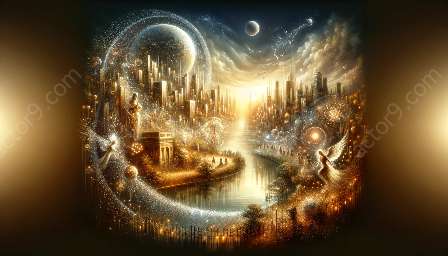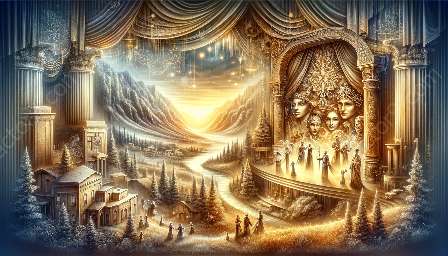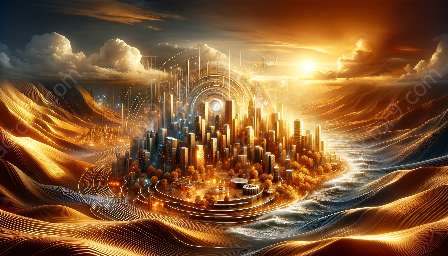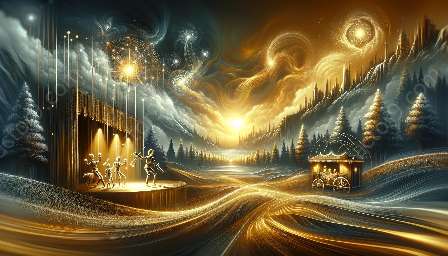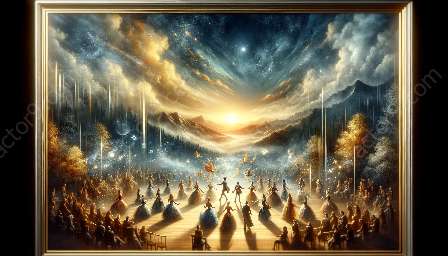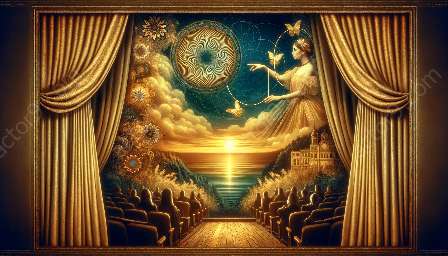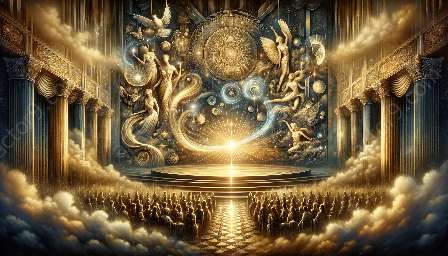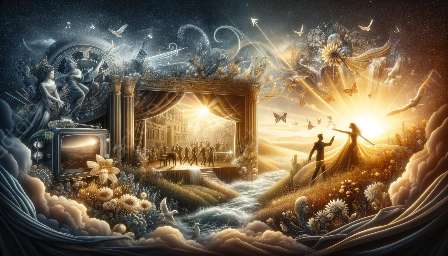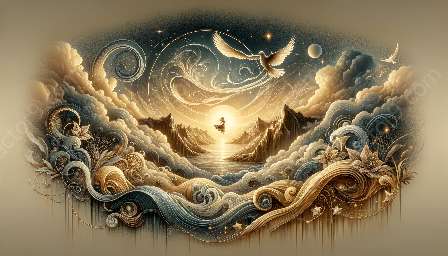Magic and illusion have long fascinated readers, leading to the emergence of a rich literary tradition that incorporates various conventions and tropes. This topic cluster delves into the captivating world of magic and illusion in literature, examining the themes, characters, and storytelling techniques prevalent in this genre.
Magic and Illusion: An Intriguing Literary Theme
Magic and illusion literature often revolves around the theme of mystery and wonder. Writers use these elements to create a sense of enchantment, transporting readers to fantastical realms where anything is possible. The theme of magic and illusion also serves as a metaphor for the power of imagination and the exploration of the unknown.
Conventions and Tropes in Magic and Illusion Literature
1. Magical Protagonists: A common convention in magic and illusion literature is the presence of protagonists who possess extraordinary abilities, such as sorcery, spellcasting, or the ability to manipulate reality. These characters often embark on epic quests and face formidable adversaries, adding an element of adventure to the narrative.
2. The Arcane Mentor: Another trope frequently found in magic and illusion literature is the mystical mentor figure who guides the protagonist on their journey. This mentor often imparts wisdom, teaches magical techniques, and helps the protagonist unlock their true potential, echoing the archetype of the wise wizard or sorcerer.
3. Magical Objects and Artifacts: Fictional worlds of magic and illusion are often adorned with powerful artifacts and enchanted objects. These items can serve as catalysts for the plot, bestowing great power upon their wielders or triggering extraordinary events. From ancient tomes of arcane knowledge to legendary weapons, these objects add depth and intrigue to the narrative.
4. Illusory Realms: Authors frequently employ the concept of illusory or parallel realms in magic and illusion literature. These alternate dimensions or mystical planes offer a canvas for imaginative storytelling, allowing for the exploration of surreal landscapes, magical cities, and otherworldly domains. Characters may journey through these realms, encountering surreal inhabitants and confronting surreal challenges.
5. Deceptive Machinations: The theme of deception and trickery is a prevalent trope in magic and illusion literature. Characters often engage in elaborate schemes, employ sleight of hand, or use illusionary magic to outwit their opponents or achieve their goals. This motif adds an element of intrigue and unpredictability to the narrative.
Enchanting the Reader: Storytelling Techniques
Authors of magic and illusion literature employ various storytelling techniques to captivate readers and immerse them in the fantastical worlds they create. These techniques include vivid imagery, evocative language, and a masterful blend of reality and the supernatural. Through skilled world-building and meticulous attention to detail, writers transport readers to magical realms where the boundaries of possibility are stretched to their limits.
In conclusion, magic and illusion literature are rich with conventions and tropes that captivate readers and offer a tantalizing escape into realms of wonder and enchantment. By exploring these themes, characters, and storytelling techniques, readers can embark on an enthralling journey through the captivating world of magic and illusion in literature.


